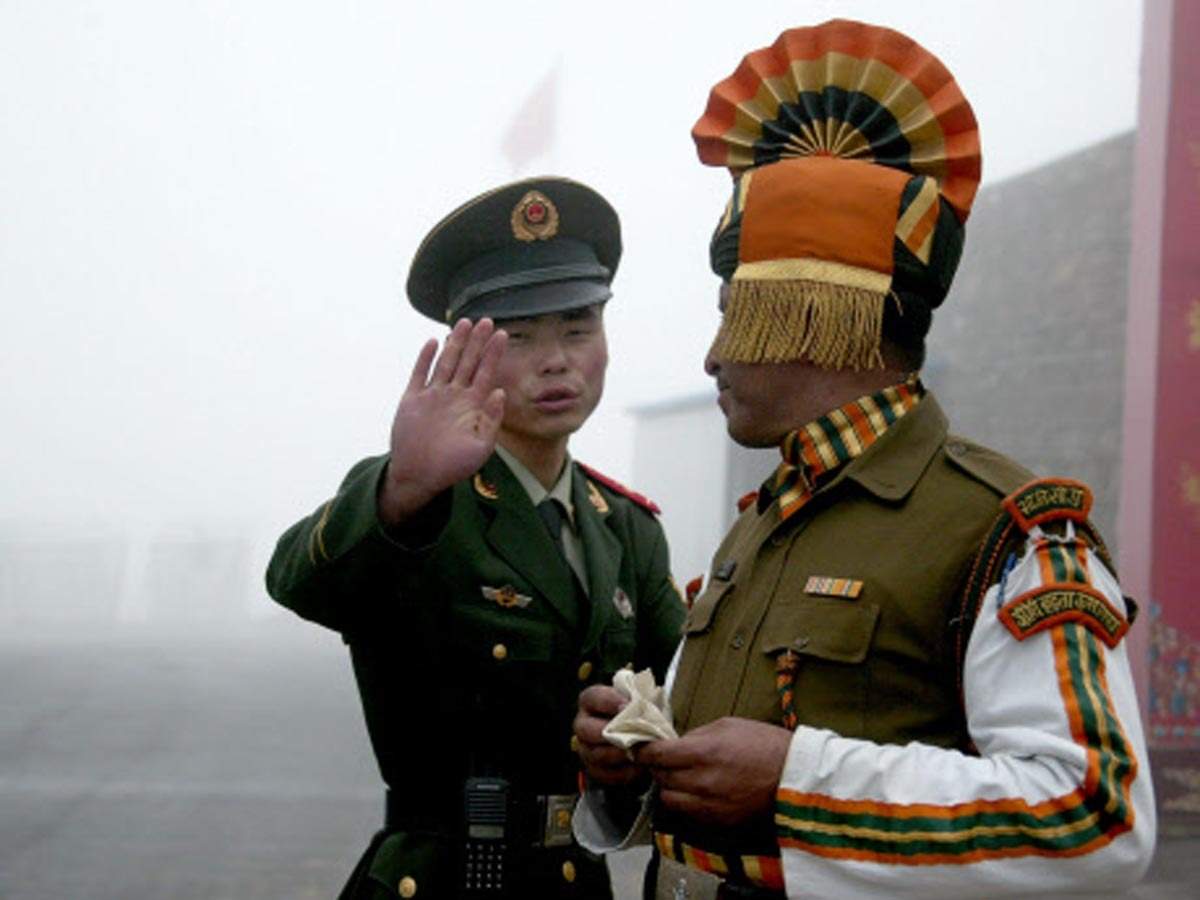India and China Initiate Troop Withdrawal Along Disputed Himalayan Border
In a significant development following protracted negotiations, India and China have reached an agreement on patrolling arrangements and commenced the withdrawal of troops and temporary structures along their contentious Himalayan border. This milestone comes after a series of discussions focused on the Line of Actual Control (LAC), a de facto boundary that has been a source of tension between the two nations.
Indian Foreign Secretary Vikram Misri announced the agreement to reporters, highlighting that the discussions facilitated "patrolling arrangements along the LAC in the India-China border leading to the disengagements and a resolution of the issues that had arisen in 2020." Implementation of the agreement began last week in India’s Ladakh region, a focal point of border hostilities.
While precise details of the withdrawal remain undisclosed, a source within the Indian government informed Reuters that troops, vehicles, huts, and tents from both sides have been pulled back from critical areas, including Depsang and Demchok, which were pivotal in the military standoff that erupted in 2020.
In a regular press briefing, Chinese foreign ministry spokesperson Lin Jian confirmed that the "Chinese and Indian frontier troops are engaged in relevant work, which is going smoothly at the moment." The full withdrawal of troops and structures is anticipated to conclude by the end of October, representing a notable step forward in addressing the long-standing tensions that have characterized the frontier.
The roots of the border conflicts can be traced back to British colonial rule in India, particularly the 1914 Simla Conference, which established the McMahon Line to demarcate boundaries between India and Tibet. China has historically rejected this demarcation, asserting its sovereignty over Tibet, and consequently the areas in dispute. This has led to overlapping territorial claims, with India asserting its claim over Aksai Chin, which has been under Chinese administration since the 1962 Sino-Indian War.
The tensions have previously escalated into deadly clashes, most notably in the Galwan Valley in June 2020. Additionally, India administers Arunachal Pradesh in the eastern Himalayas, territory claimed by China as part of "Southern Tibet." The lack of a formal border has made the LAC, stretching over 3,488 kilometers (2,167 miles), a contentious area of military presence.
The recent easing of border tensions has sparked hopes for improved economic relations between the two countries, which have been strained by various measures including India’s bans on Chinese mobile applications and restrictions on business proposals from Chinese firms. In response, India has strengthened ties with Western allies aiming to counterbalance Beijing’s influence in the region.
Finance Minister Nirmala Sitharaman has indicated, however, that while there is optimism regarding economic cooperation, the government remains cautious in its approach to accepting foreign direct investments to protect national interests.
The agreement and subsequent troop withdrawal are being closely watched by regional and international observers as a potential precursor to a more stable and cooperative phase in India-China relations.


















